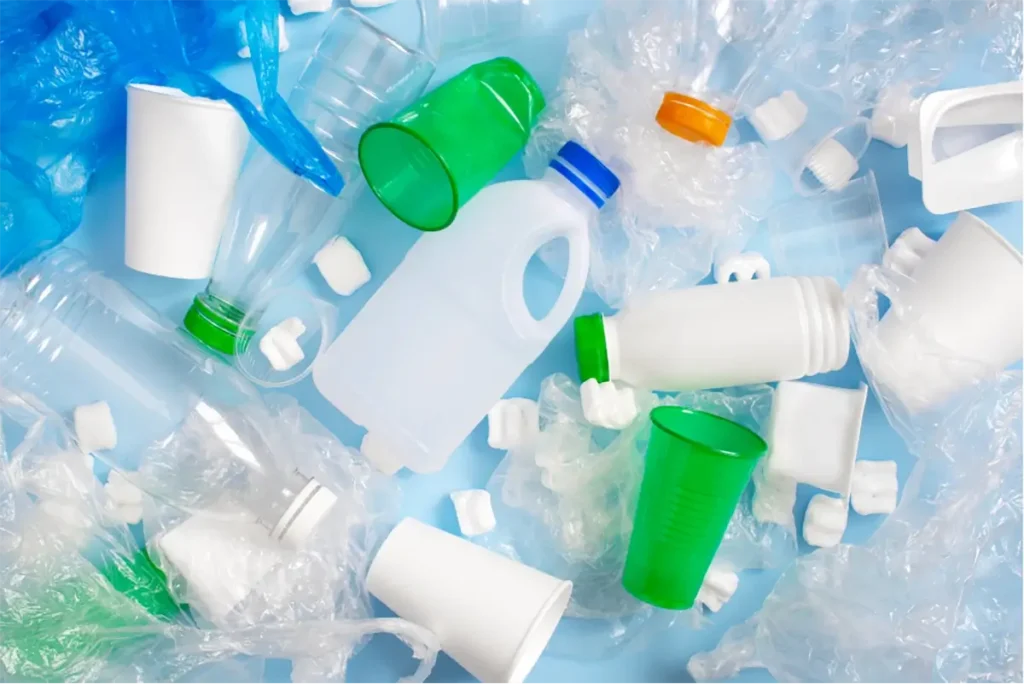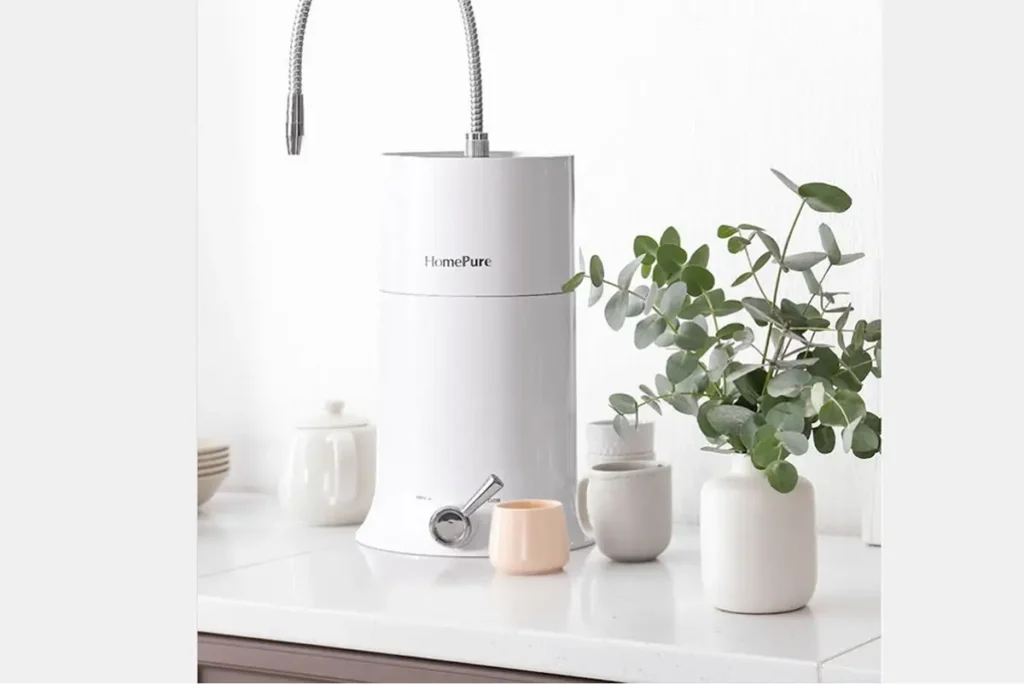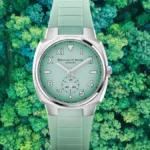Do you know that you’ve been drinking microplastics without your knowledge? According to Water Industry Research, raw, untreated water contains an average of 4.9 microplastics per litre. Microplastics are in our waterways due to the sheer amount of plastic we use in our day-to-day lives. They get into our water system in ways we could not have even imagined.
What Are Microplastics?
Microplastics, or synthetic polymer microparticles, are described as plastic particles that are less than 5mm in length, often originating from various manufactured products and the degradation of larger plastic materials. These plastic particles often make their way to freshwater and can be found even in drinking water that has not been properly treated.
How Do Plastics Get Into Drinking Water?
You’d be surprised at how many items of your daily life contain plastics. Plastic bottles and caps are the number one source of microplastics in drinking water. However, there are hidden plastics in the clothes you wear, the detergent you use, and even in tea bags. When these are broken down, they enter the waterways as tiny polymers that pollute your water. Remember that every time your shoes wear off, or when you wash your clothes or even exfoliate your body, you are generating microplastics.
Imagine, then, just how much microplastic factories and large corporations are producing daily. A recent study by Japanese scientists even found that there are between 6.7 and 13.9 pieces of microplastic in each litre of cloud water they have tested, suggesting that microplastics are “contaminating nearly everything we eat and drink via ‘plastic rainfall'”.
The Role Of Plastic Bottles In Water Pollution

As of 2018, the bottled water market was producing 1 million bottles per minute. As you can imagine, this increased a lot during the global pandemic, when people preferred single-use products in case they were at risk of infection. And out of all these bottles, 86% of them do not get recycled. Because of this, our oceans and drinking water are swimming in microplastics.
How Do Microplastics Harm Me And My Family?
There are three forms of hazards that you need to watch out for – physical, chemical and microbial. Without your knowledge, you could be consuming physical plastic polymers, harmful chemicals, and maybe even microbes. As microplastics in drinking water is a relatively new phenomenon, there’s no study yet about the long-term effects of consuming polluted water. However, it’s safe to assume that it is hazardous, and we should all be more careful about the water we consume.
How Do I Keep My Family Safe From Drinking Microplastics?
1. Ditch the plastic bottle
Say no to single-use plastic bottles and treat yourself to a lovely reusable bottle that matches your style and personality. Aside from helping reduce plastic pollution in water, you also control the quality of water that you are drinking. In our books, that’s a win-win. Don’t forget to check out our World Water Day #BottleSelfieChallenge for a chance to win big!
2. Use HomePure to get rid of microplastics

Since HomePure first launched in 2010, it has helped reduce the usage of plastic bottles by three billion! But your HomePure is more than just environmentally aware. It will help you remove microplastics and other emerging contaminants that threaten the health of your family. What’s more, thanks to its unique 9-stage water filtration system filters out 99.99% of bacteria and viruses, chemicals, and toxins from tap water.
3. Wash your fruits and veg in filtered water

To be doubly sure you aren’t eating your microplastics as well as accidentally drinking them, make sure you wash all your fruits and veg in HomePure filtered water for an added layer of protection. Apart from using filtered water in your cooking and in your beverages, make sure you use filtered water for your washing as well.
Whatever assurances you may get that you haven’t been consuming microplastics, it’s better to be safe than sorry. The threat these pollutants bring is becoming more and more apparent as time goes by. In fact, this year, the EU issued legislation to regulate microplastics in a bid to reduce the sale of products that are classified as, contain, and release these particles. Microplastics are a reality, even if we don’t yet know the long-term effects of it on your health. Therefore, it’s wise to err on the side of caution and prioritise measures to mitigate exposure to them. Take extra care about what you and your loved ones are drinking. Make the HomePure Nova water filter essential in your home and protect your loved ones.
This article was originally posted on 23 March 2021 and has been updated following new discoveries.







Is Edg3 suitable for everyone?Why after taken Edg3, there is allergies to body
How can I get connected to the home pure Nova water company
I like the efforts you have put in this, regards for all the great content.